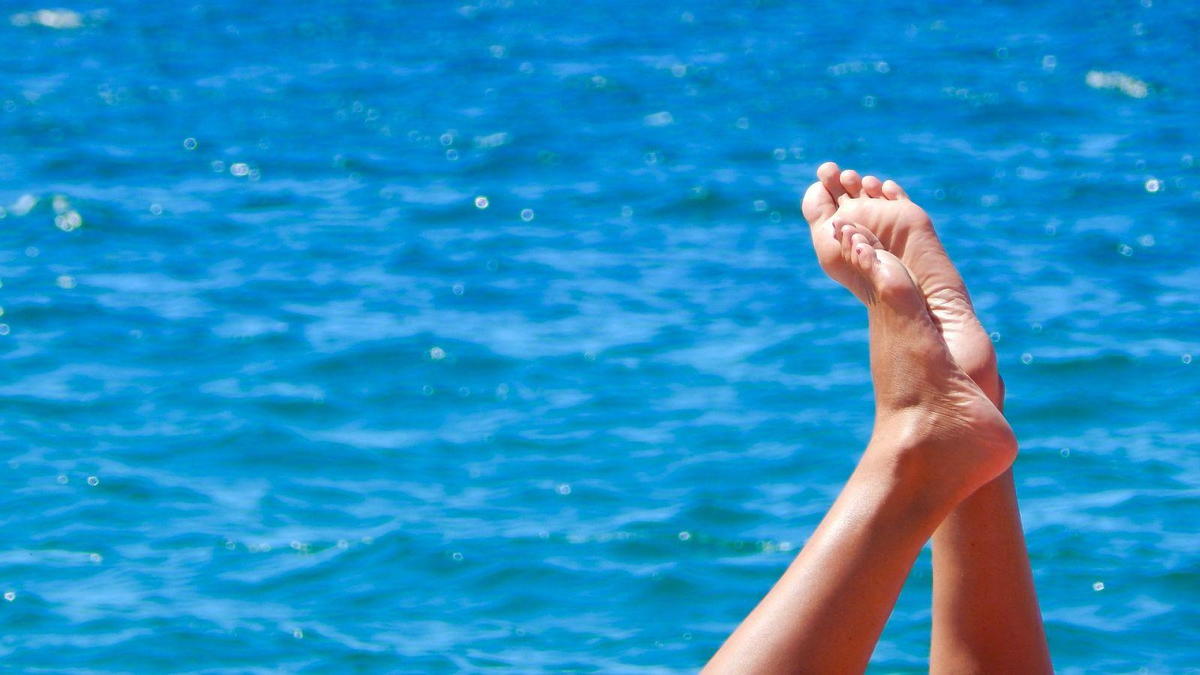
Avoiding Common Obstacles after Foot Surgery
I frequently tell patients that foot surgery gets a bad rap. First off, patients have a hard time fathoming staying off their feet for such a prolonged period. Secondly, a lot of people hear horror stories of how painful foot surgery is. In all reality, noncompliance is often the underlying denominator for a really painful post-op period. Of value are the following tips to help the post op period go seamless.
1. Swelling/Pain. Icing and elevating is probably the single most important part of your post-operative period. The body’s natural reaction to something that has been injured/operated on is an initial inflammatory period causing blood to rush to the operative extremity. This sequentially causes swelling and a grueling throbbing pain. Elevation helps defy gravity and reduces the amount of blood flow/swelling to the operative foot. Icing also helps with the amount of blood flow and inflammation to the foot by constricting the blood vessels. If icing and elevation instructions are not abided by, you are likely to end up with a constricting bandage and a swollen, painful foot. We have found that ice machines have been a life saver for our patients, allowing for less leaks, eliminating the number of times of getting up for ice and improved compliance and less swelling as a result!
2. Sleep. Often times there will be a period of sleeping in a splint or a cast boot which makes it difficult to find a comfortable position as you toss and turn and get irreversibly stuck in your sheets and blankets. One trick that has been found to help is placing a box under the sheets & blankets that you can place your foot inside allowing for you to move a little bit more freely.
3. Mobility. Getting around after surgery can be tough, especially for the procedures that require non-weight bearing. Often time crutches can be very wearing when it comes to the amount of energy they require to use, not to mention wearing on the skin too. A lot of people will complain of armpit pain and sometimes blisters of the hands. One way to reduce the friction is to cut up a pool noodle and place it over the handles and arm rests. One way to avoid crutches all together, however is to try a scooter or the new innovative IWALK. Both require a sense of balance, but may allow for easier mobility.
4. Bathing. In most cases, the surgical bandage should not get wet the first week post-operatively. I specifically remember, after breaking my arm, fiddling with garbage bags and rubber bands that failed me in the end. Ultimately, the easiest way to avoid wet bandages is by sponge bathing the first week though I know this isn’t an option for some people. The next best option is to place a bag over the bandage and wind an ace wrap over the top of the bag, though you can also purchase cast protectors that have proven to be the next best thing since sliced bread.
Foot surgery can be a lot more tolerable by avoiding common obstacles. Keep these helpful hints in mind to allow for a smoother/quicker recovery. If you are thinking about foot surgery, Contact Us to schedule an appointment to find out if it is right for you.

